Digitala Stambanan Produktion –Collaboration as a Success Factor
As the boundaries between technology, industry, and academic research blur, an environment that fosters creativity and innovation emerges. The Digital Backbone Production initiative is an example of this successful symbiosis, where a neutral pre-commercial platform has been created to discuss challenges and solutions, build trust, and learn from each other. Here, we share the significant lessons and perspectives that have emerged from this collaborative project.
Our interviews with participating manufacturing companies and technology providers reveal several common denominators about the value of cooperation:
Benefits from the perspective of industrial companies:
Refined research focus: Through the project, companies have deepened their understanding of internal development needs, leading to more targeted business development.
Broader access to expertise: Opening doors to actors with different knowledge and expertise outside the company’s framework has created new opportunities for innovation and growth.
External perspective: Participating in the project has counteracted “home blindness” and introduced new approaches to business, improving both product and process development.
Research anchoring: Close collaboration with research has highlighted industry-specific challenges, which have improved both academic relevance and business strategies.
Benefits from the perspective of technology providers:
Building credibility and trust: Collaboration has strengthened relationships and built trust between different actors. Collaborating with academia also creates credibility with existing and potential new customers.
Efficient environmental scanning: The project’s working method has streamlined the flow of information between academia and industry, where participating parties have gained the researchers’ perspective on current issues, which has been of great value in remaining relevant in an ever-changing world.
New knowledge and perspectives: By bringing together many different competencies from various quarters, technology partners have gained access to new perspectives and knowledge that would otherwise have been almost impossible to acquire simultaneously. This has benefited both product development and staff skills development.
Narrowing the gap: The project has contributed to a closer relationship between industry and academia, benefiting both. It has enabled theoretical knowledge to be more quickly translated into practical application. It has also meant that researchers have more easily gained insights into the everyday situation of the industry.
We also asked our project partners what advice they would give to other companies and organizations that can participate in similar collaborative projects.
If you are considering participating in a collaborative project, think about this:
Invest with conviction: Commitment in time, energy, and perhaps even financial resources is essential to extract as much value as possible.
Networking as a catalyst: The collaboration offers unique opportunities for new contacts and perspectives. Take advantage of the networking opportunities and secure different perspectives on things.
Valuable insights: Participating companies gain access to a unique collection of people in the same place, which can provide insights that might be difficult to reach on their own. Also, remember that you are an essential piece of the puzzle where your contribution is vital for the rest.
Be prestige: An invitation to openness and a willingness to share successes and failures.
Engage and evaluate: A call to fully engage and evaluate the collaboration’s effect.
Both industrial companies and technology partners see collaboration as a powerful way to create competitiveness for the future. By sharing these insights and experiences, we hope to inspire more to participate in similar collaborative projects in the future.
We did not have a clear vision of what we could achieve when we joined the DSP project, but we can state that we have raised the level of digitalization at Nitator by several steps, which has exceeded our expectations. We have conducted activities that have laid the foundation for our digital strategy and established a network within digitalization that we would only have managed with the project! At Nitator, we usually say yes to projects where we see great potential for improvement and an opportunity to be involved early, to create the best conditions to establish new ways of working in an environment where the demands quickly change.
Digitala Stambanan strengthens the Swedish industry through digitalization of value chains. The project is a collaborative project financed by Vinnova and participating companies. The work is now underway in two tracks through the strategic innovation programs PiiA (Processindustriell IT & Automation), which drives the Digitala Stambanan IndTech project, and Produktion2030, which runs the Digitala Stambanan Produktion project.



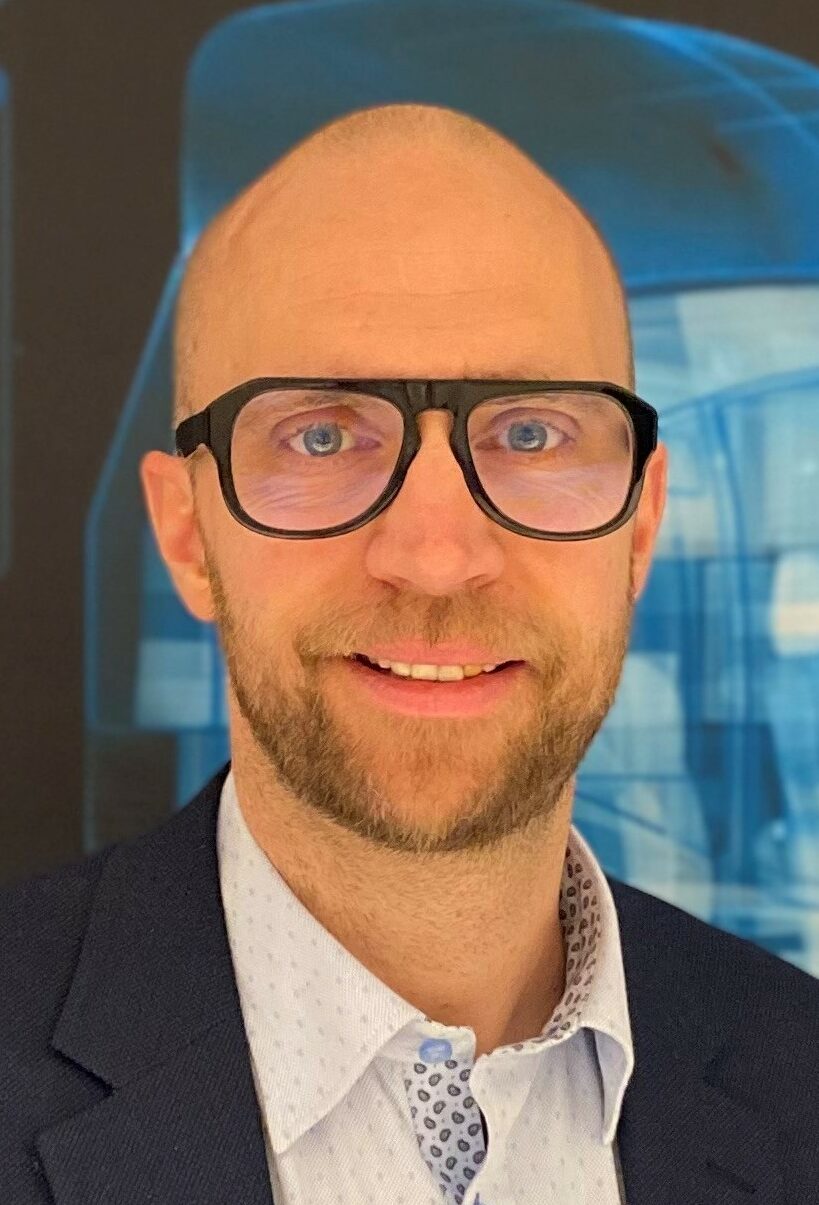






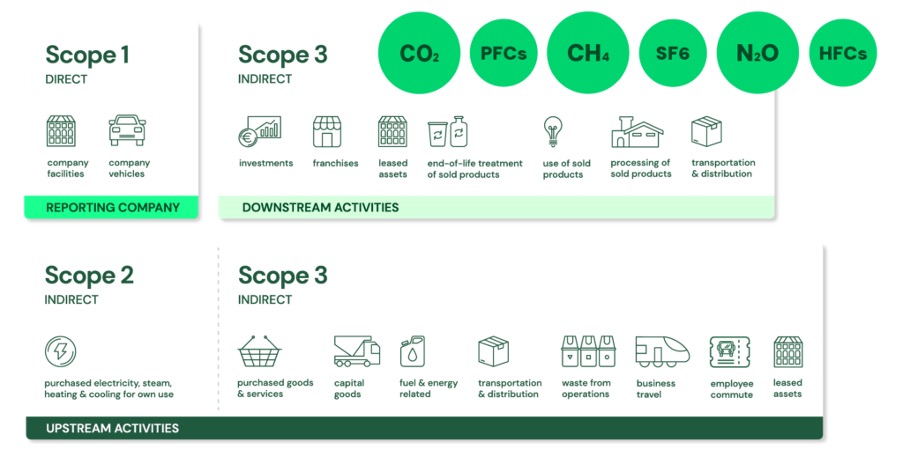

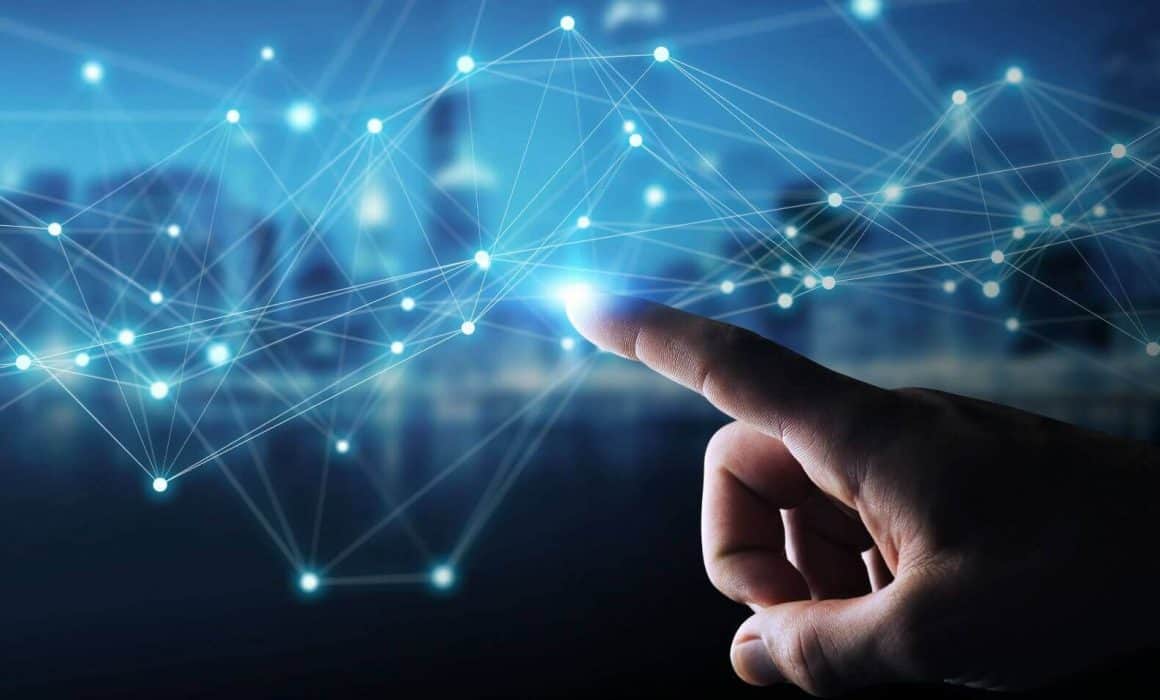
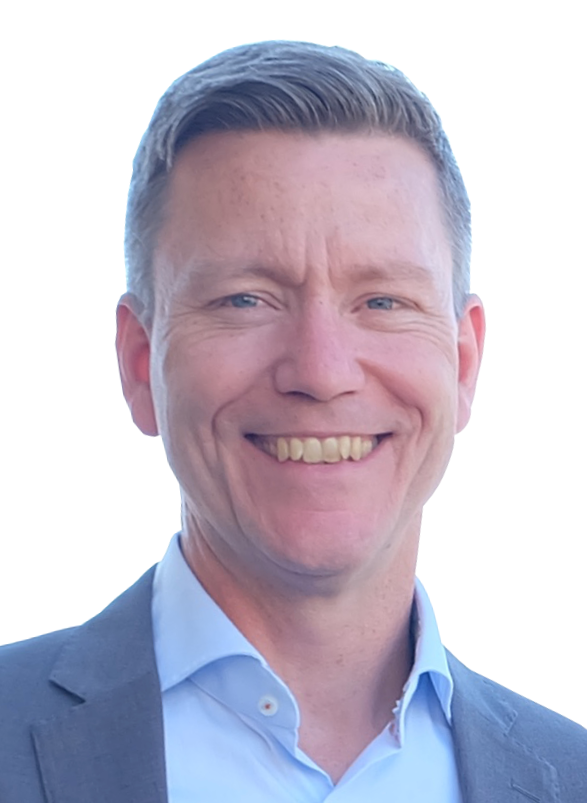


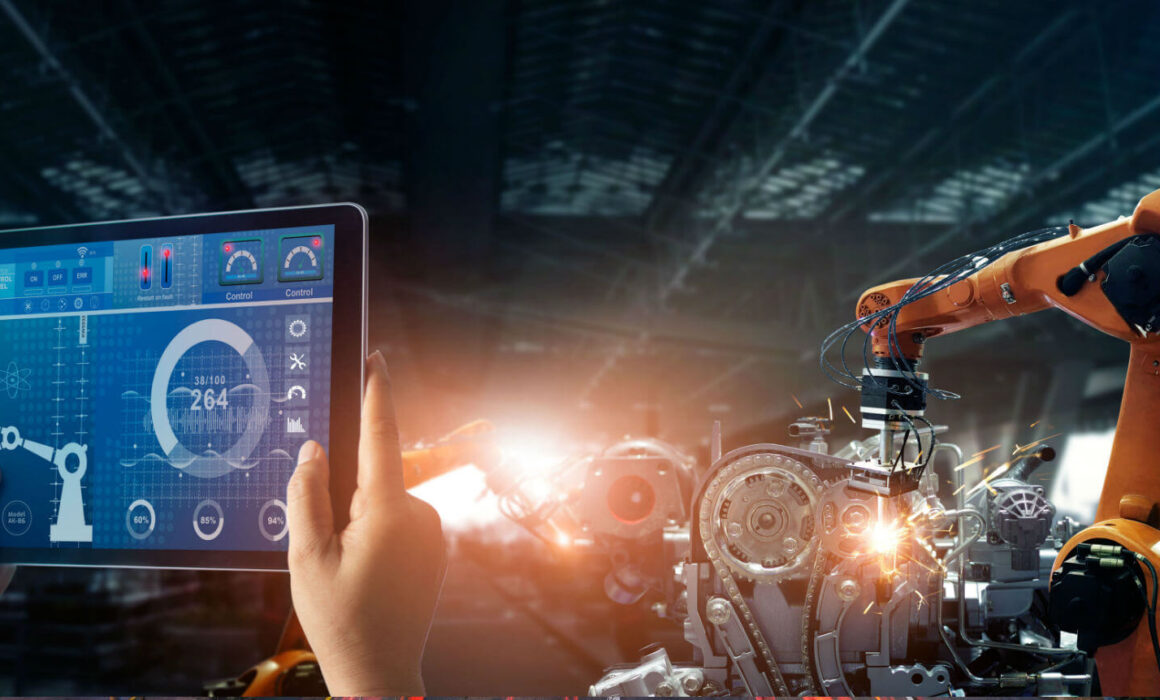
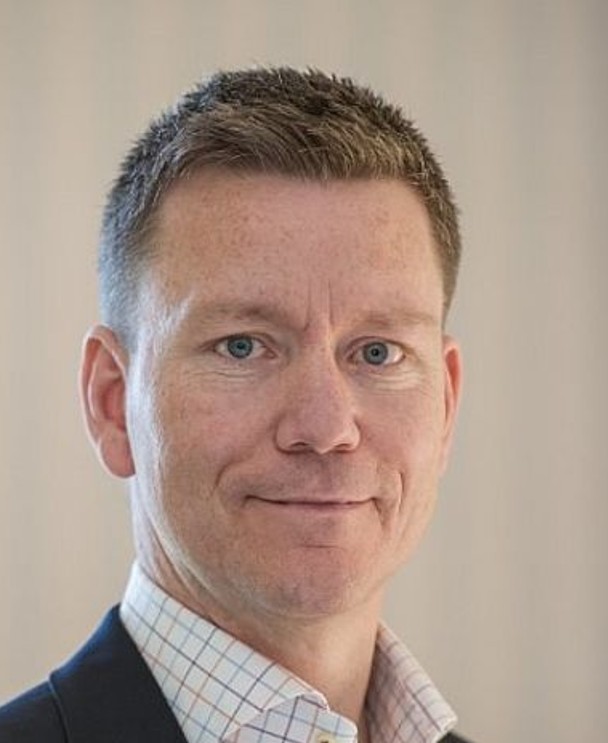
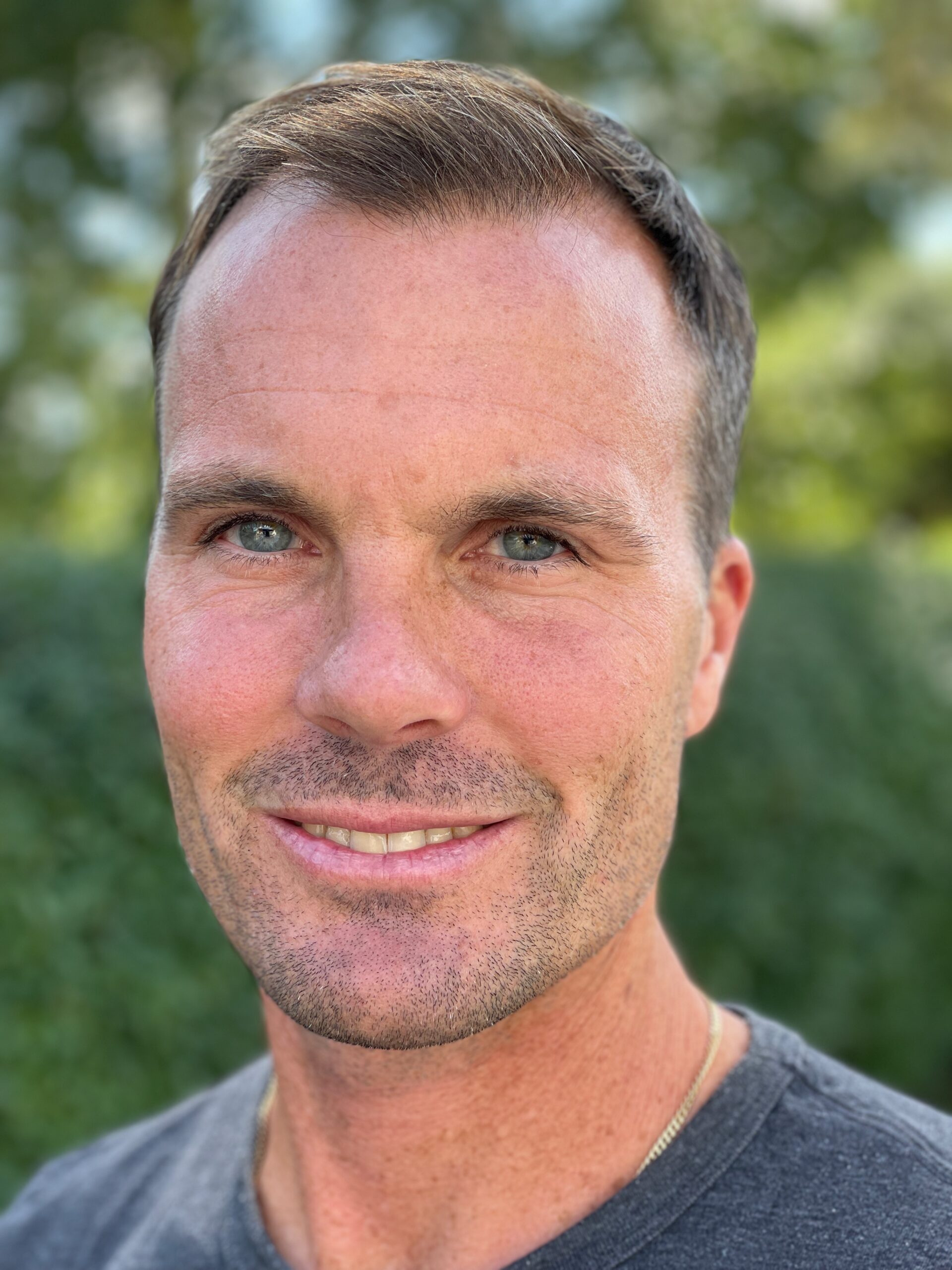
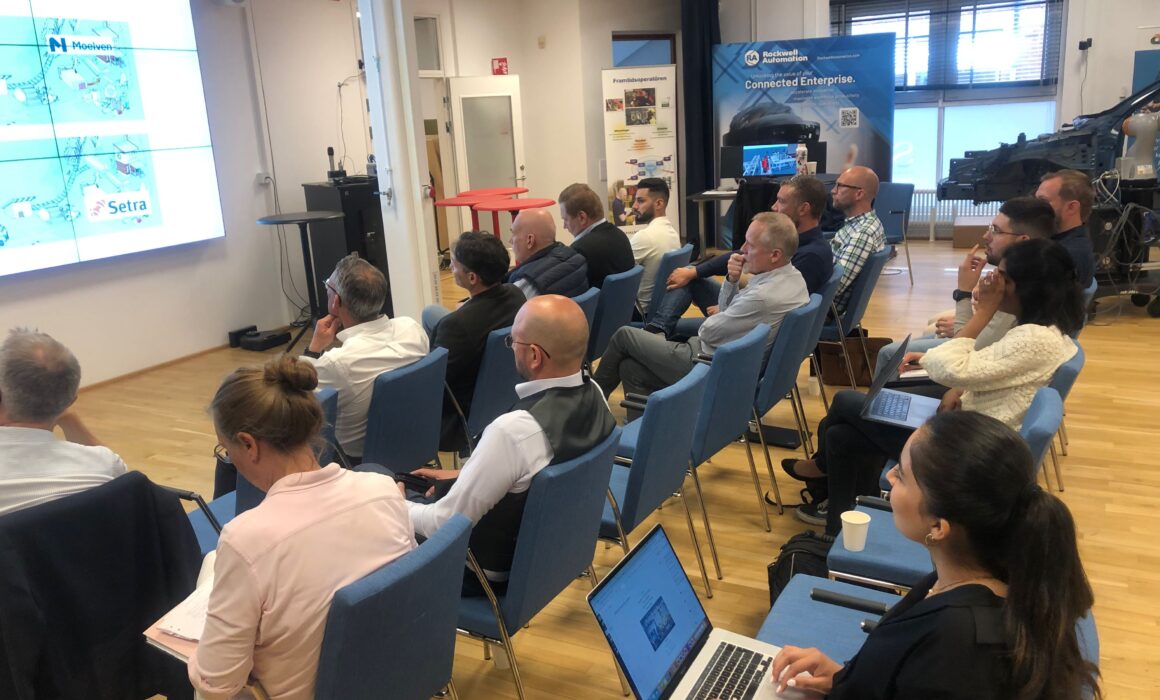
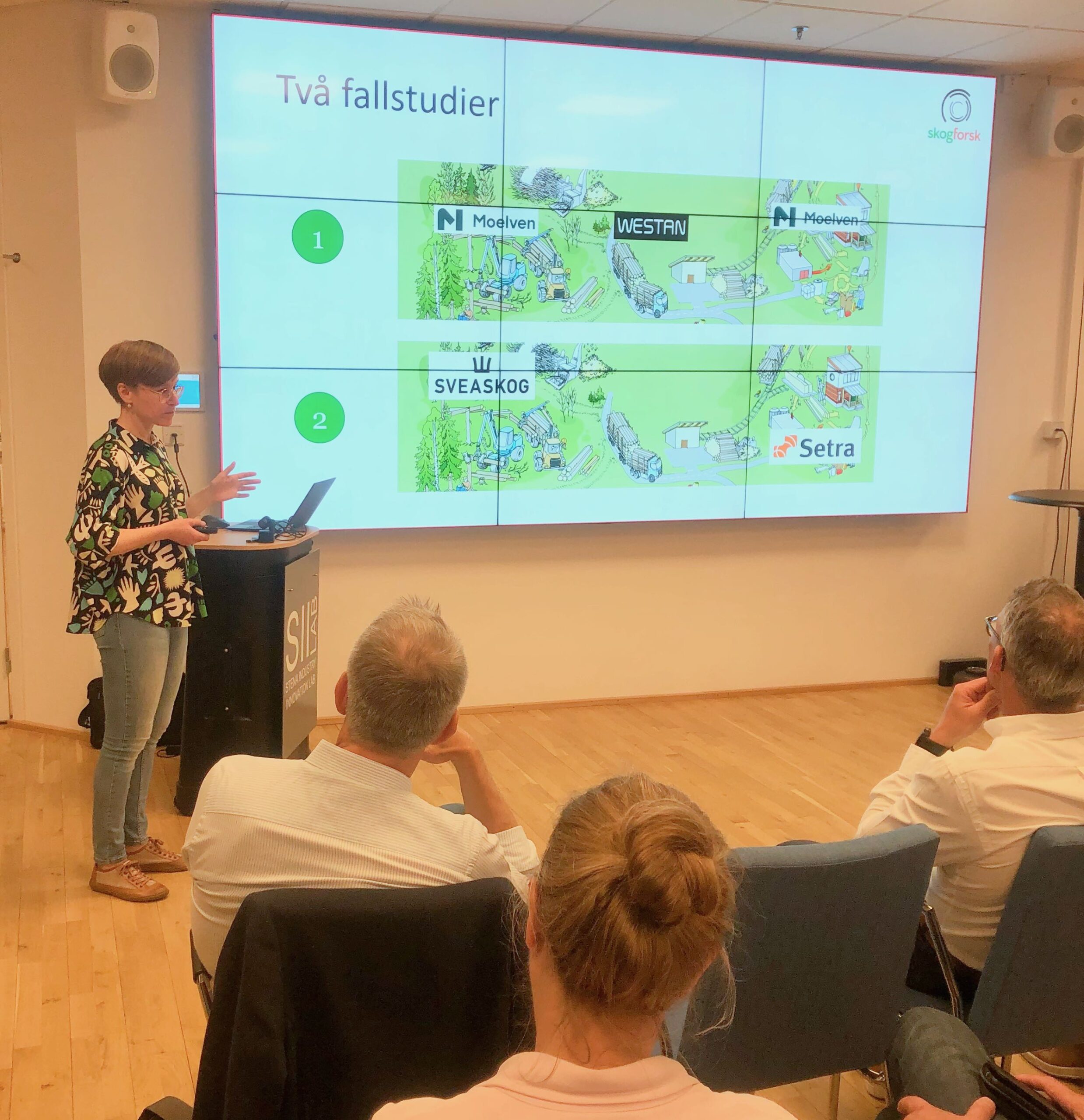
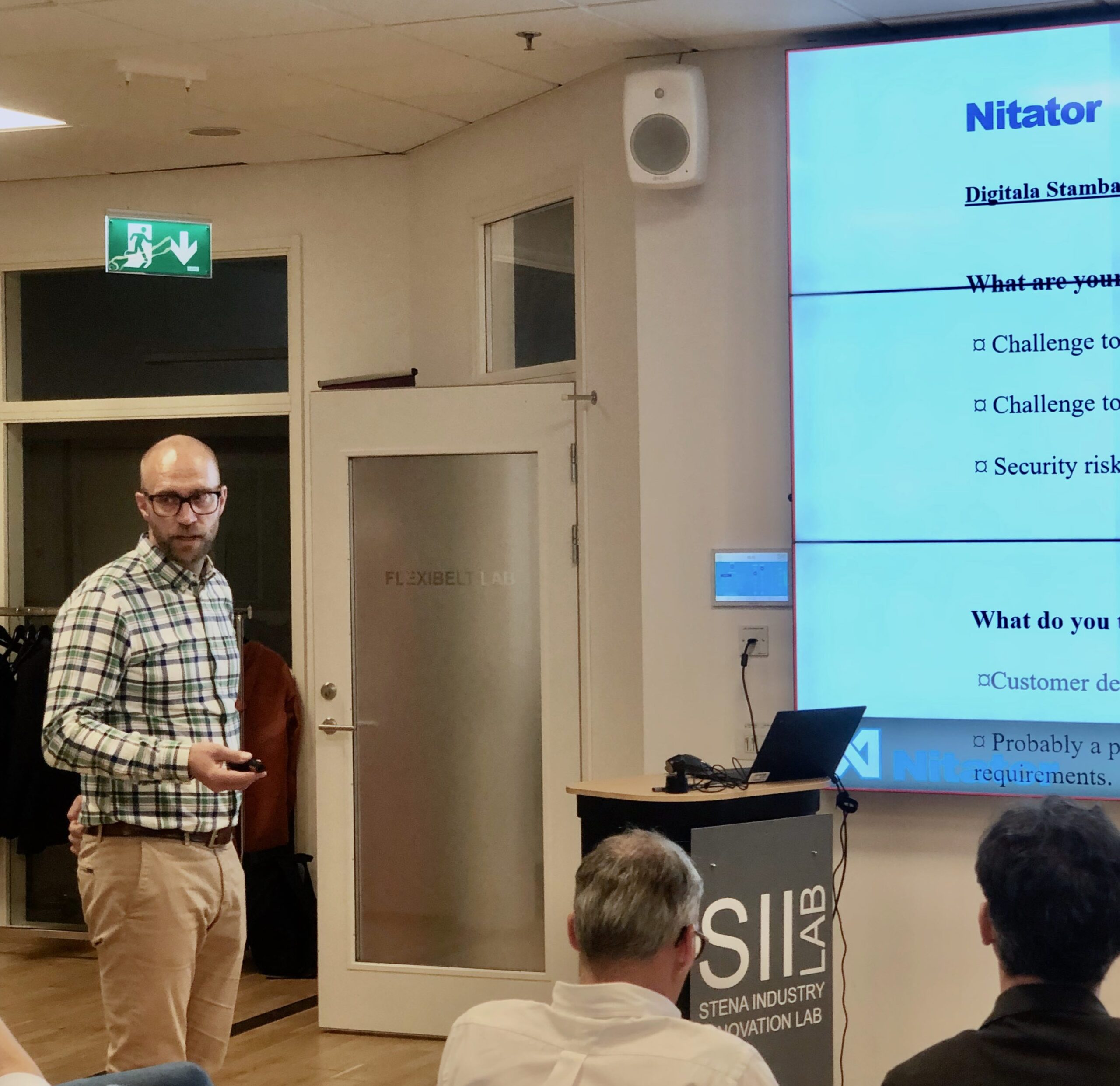
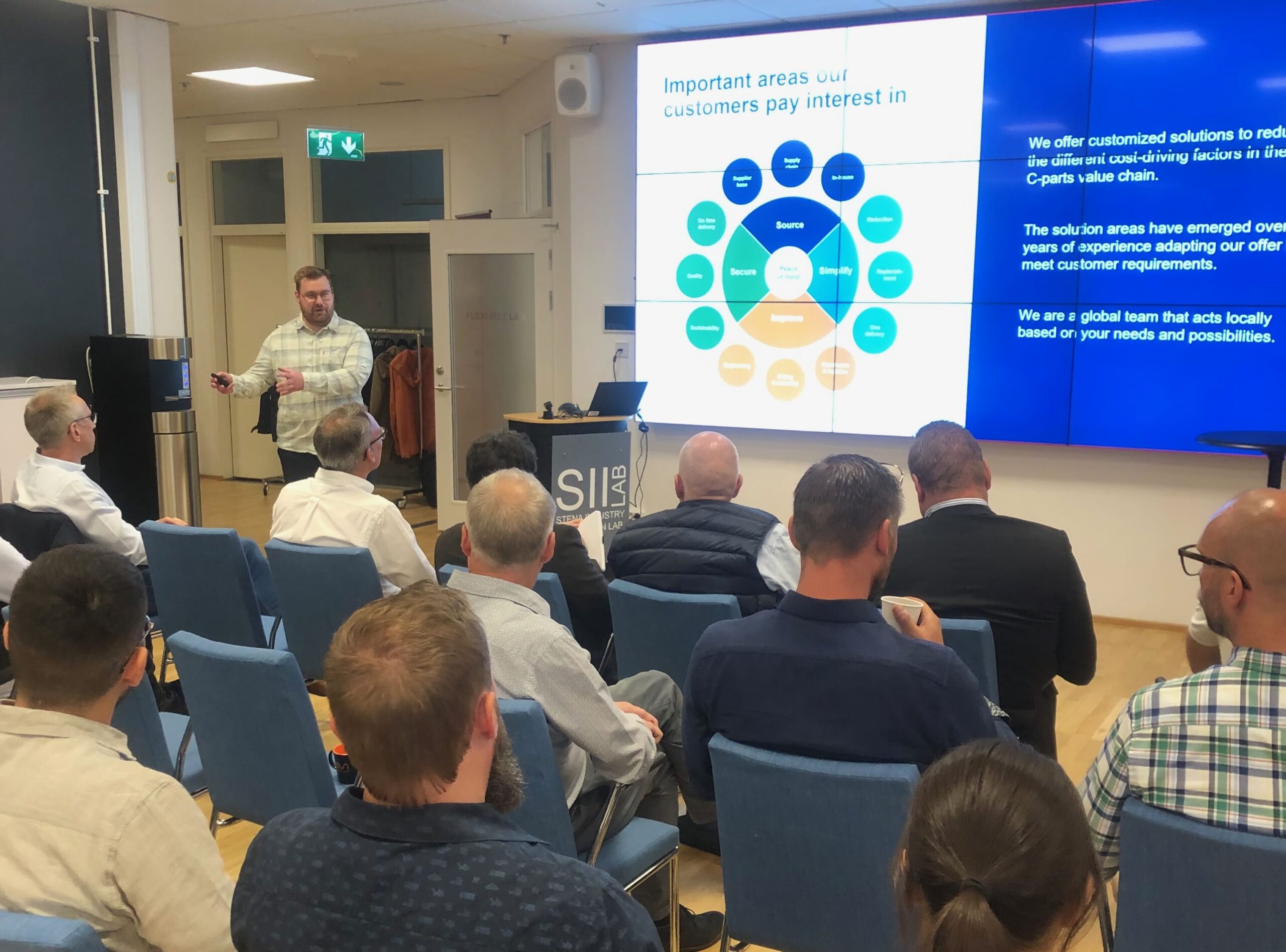
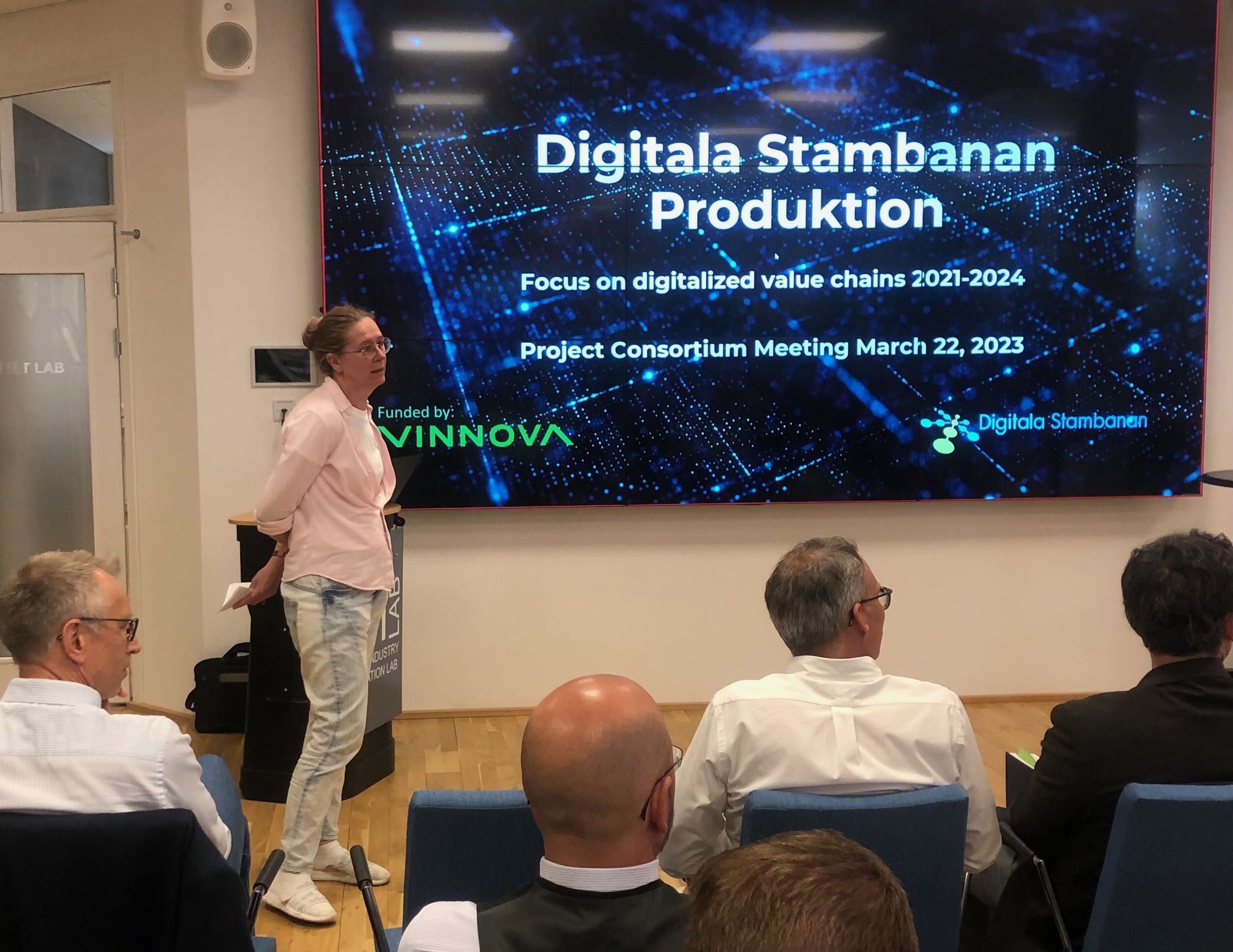
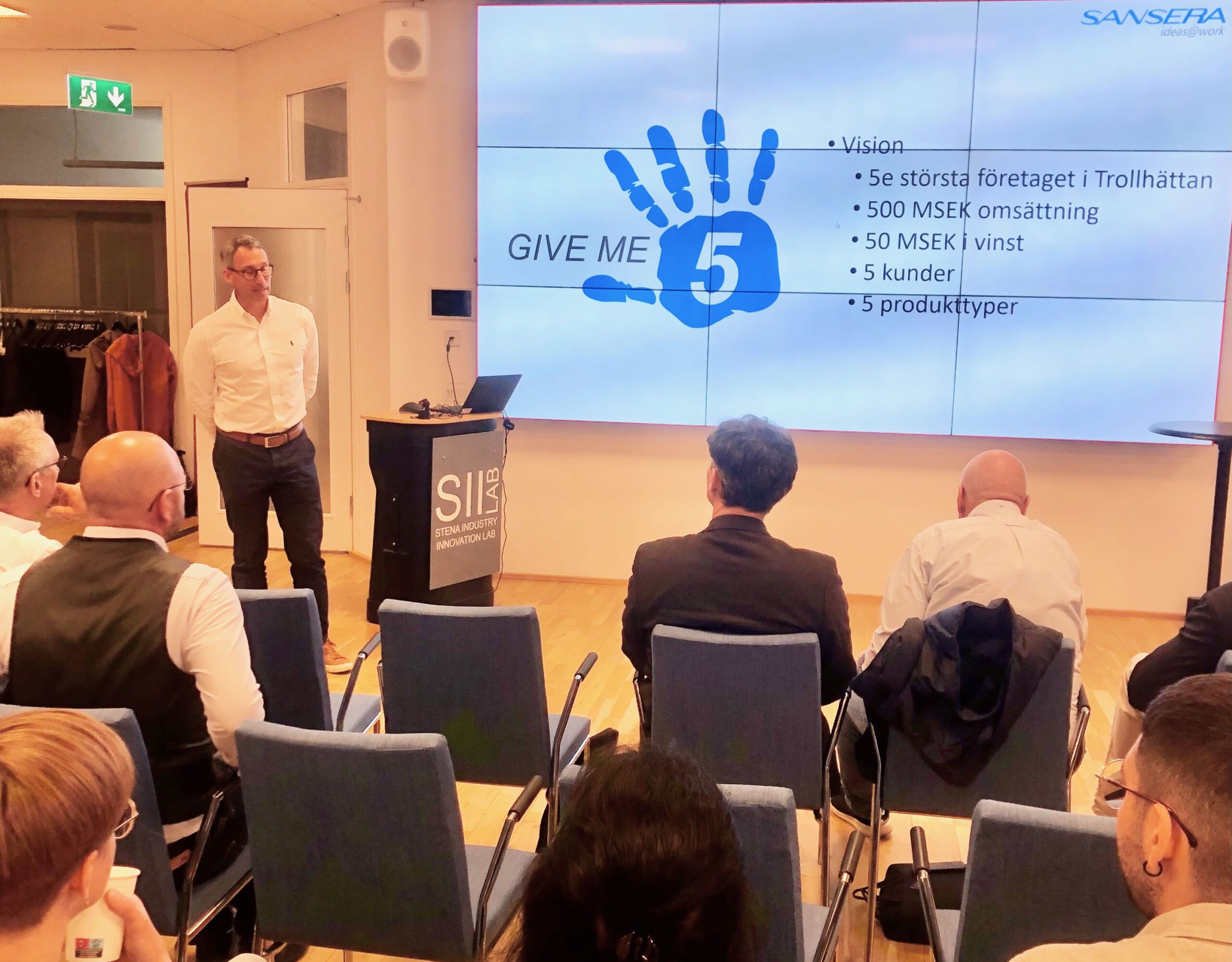




Recent Comments